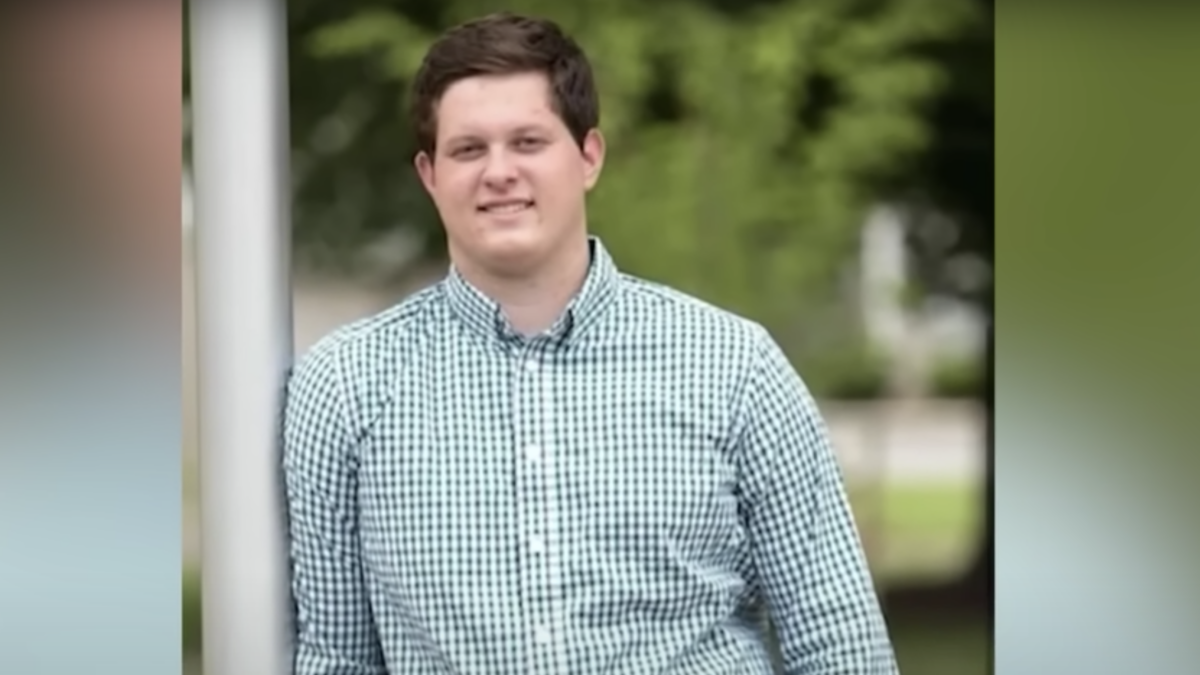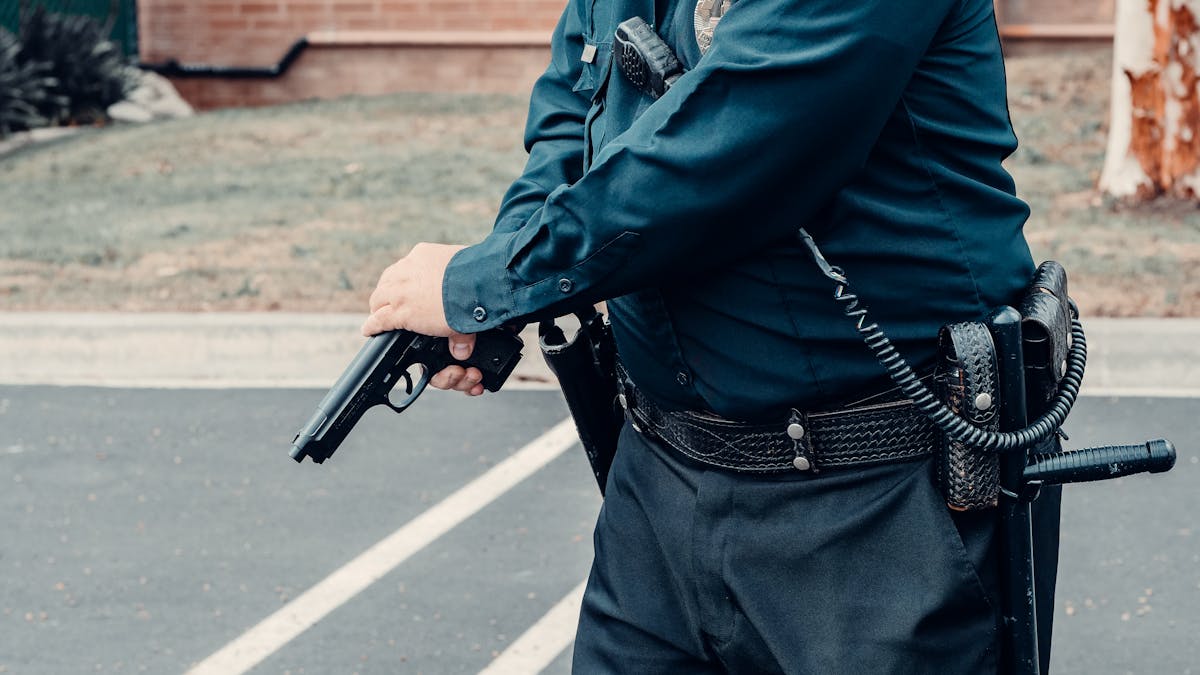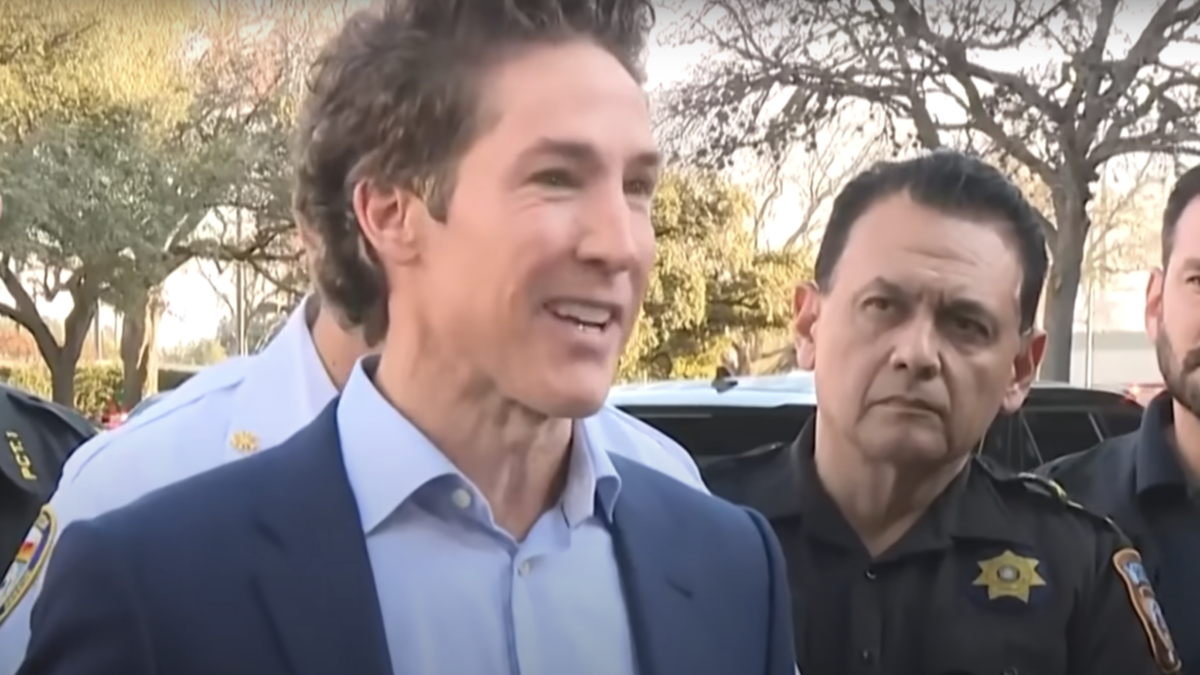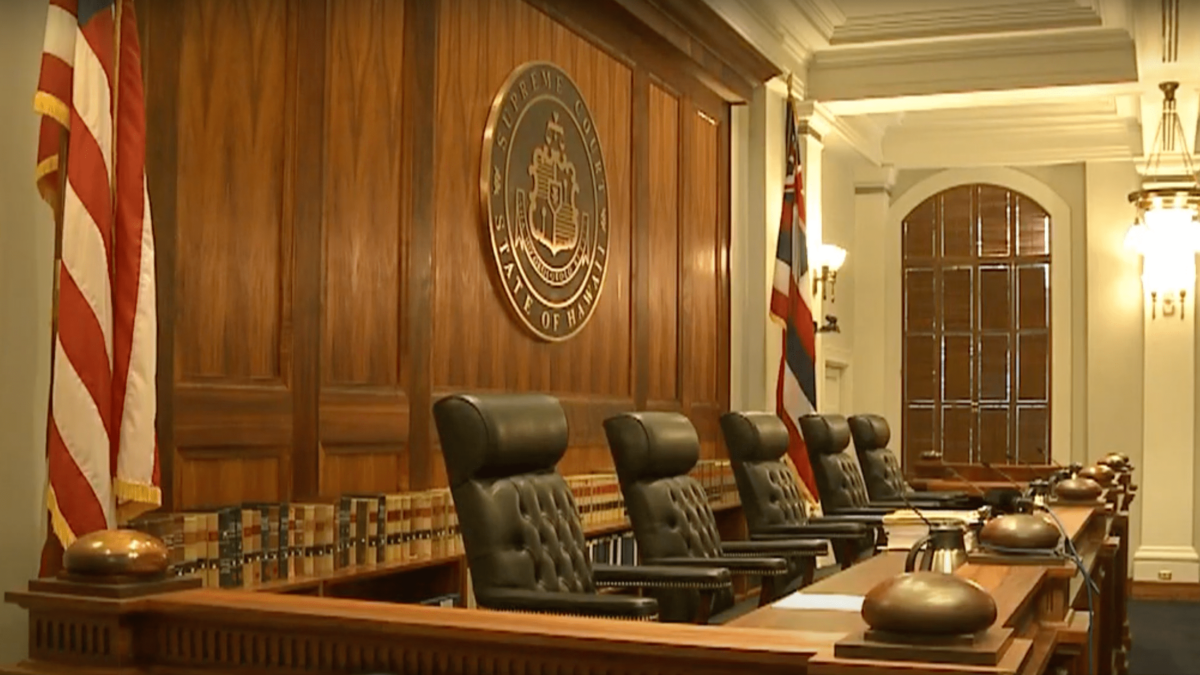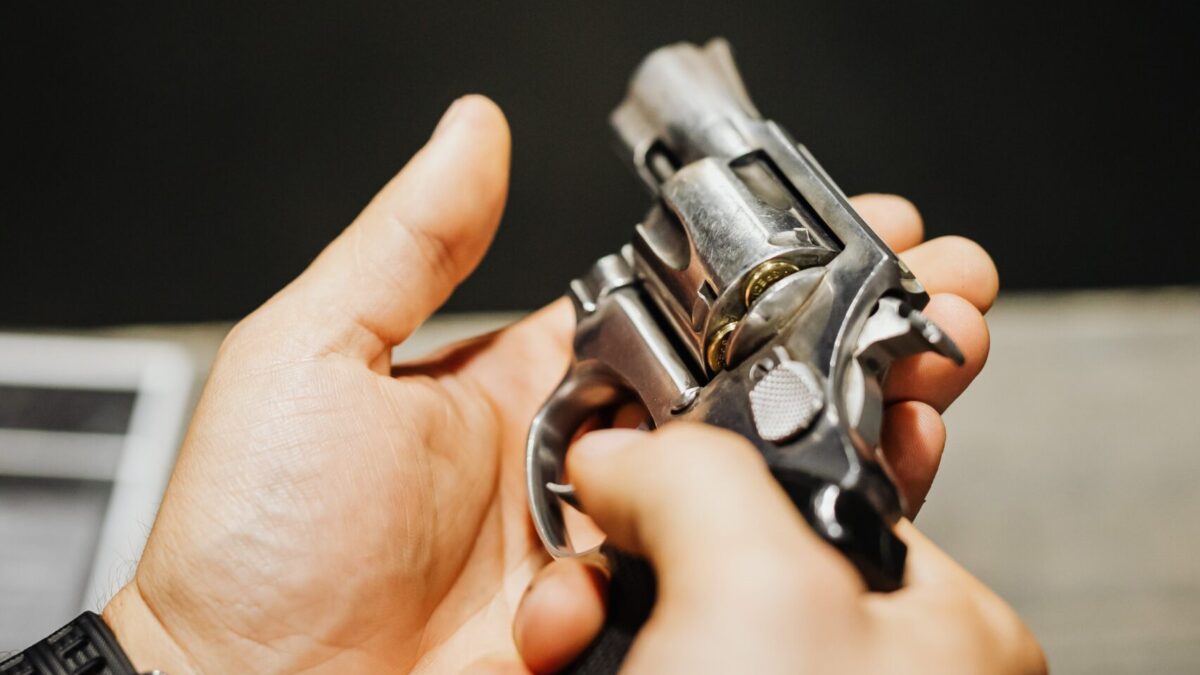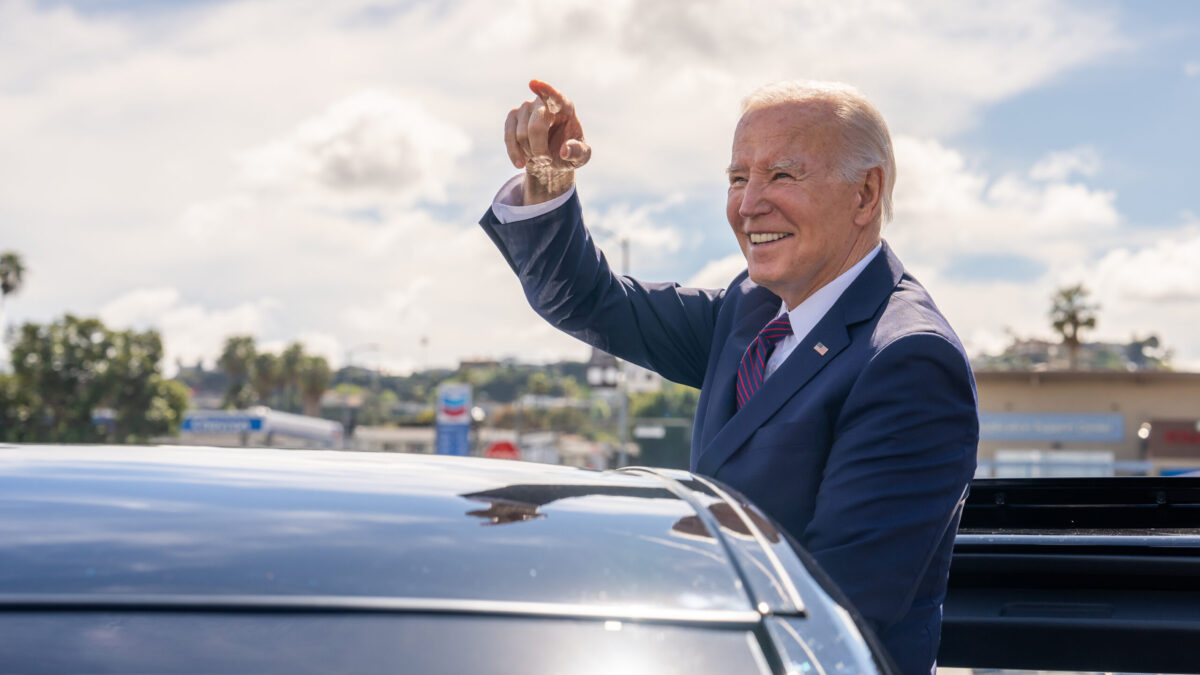After Eli Dickens stopped a mass shooter this weekend at an Indiana mall, left-leaning outlets began churning out pieces arguing that “good guys with guns” are rare. Now, I don’t know a single pro-gun advocate who claims constitutional carry is a panacea. The nihilistic mass-shooter problem is crying out for a holistic societal remedy. There is no one solution. But it’s clear from the very statistics offered in pieces like this one from the New York Times (which generously quotes me) that concealed carry saves lives.
Consider:
1. Eli Dicken is an absolute badass. The 22-year-old reportedly took down the shooter with eight of 10 shots just 15 seconds after the incident began from 40 yards, showing more bravery and composure than the hundreds of cops milling around while students were being slaughtered in a Uvalde school.
2. The only reason Dicken was armed with a 9-millimeter at the Greenwood mall is that Indiana had recently passed a permitless carry law, which removed license requirements for handgun carriers (though gun buyers still go through the usual FBI background check, a fact omitted in many news stories.) One can assume that Dicken would not have brought any weapon with him had it been illegal to do so, but that the killer, Jonathan Douglas Sapirman, would have shown up with his 100 rounds, two ARs, and a pistol regardless of how forcefully the signs in the mall informed him that he was in a gun-free zone.
3. The New York Times refers to Dicken’s shooting as a “statistical unicorn.” But is it? “An examination of 433 active shooter attacks in the United States between 2000 and 2021,” writes the Times, “showed that only 22 ended with a bystander shooting an attacker, according to data from the Advanced Law Enforcement Rapid Response Training Center at Texas State University.”
Only 22 of 433 incidents is 5 percent — which translates to a significant number of lives saved. Or, put it this way: The lives saved by bystanders taking down shooters are as, or more, effective than any Democrat-led policy effort on gun safety.
When The Washington Post fact-checkers looked at 41 of the most deadly mass shooting since 2015, they could come up with only two instances where “universal background checks” might have averted a shooting. The Post’s claim is debatable in both instances because unlike the shooters who are killed by bystanders, we have no idea what alternative actions would-be mass shooters might take. But, for the sake of argument, let’s concede that “universal background checks” stopped just under 5 percent of the worst mass shootings (there is no reason to believe the percentage rises with a bigger sample size). Would the Times categorize the policy’s effectiveness as a “statistical unicorn”? Unlikely.
4. But even the Times’ 5 percent number is misleading. Many, probably most, planned mass shootings happen in places where citizens are forbidden by law to carry guns for self-protection. How many of these rampages would be stopped — or more quickly ended — if teachers or movie theater patrons or mallgoers were allowed to legally carry weapons? The number is surely more than 5 percent. Maybe a lot more.
5. Adam Skaggs, chief counsel and policy director at Giffords, told the Times that good guys with guns are “exceedingly rare” and “the exception rather than the rule. The reality is that more people carrying guns means more conflicts escalating into deadly violence and more people being shot and killed.”
That is not the reality. There is little correlation between high levels of gun ownership and criminality. There are counties where gun ownership is widespread and there is little criminality, and there are urban areas where the percentage of gun ownership is low and there is exceedingly high criminality, and there are places with low gun ownership and low criminality. But the reality is guns exist in this country. Hundreds of millions of them. Society should be incentivizing responsible ownership and punishing irresponsible ownership. The fact that we strip people of the ability to protect themselves is indefensible.
